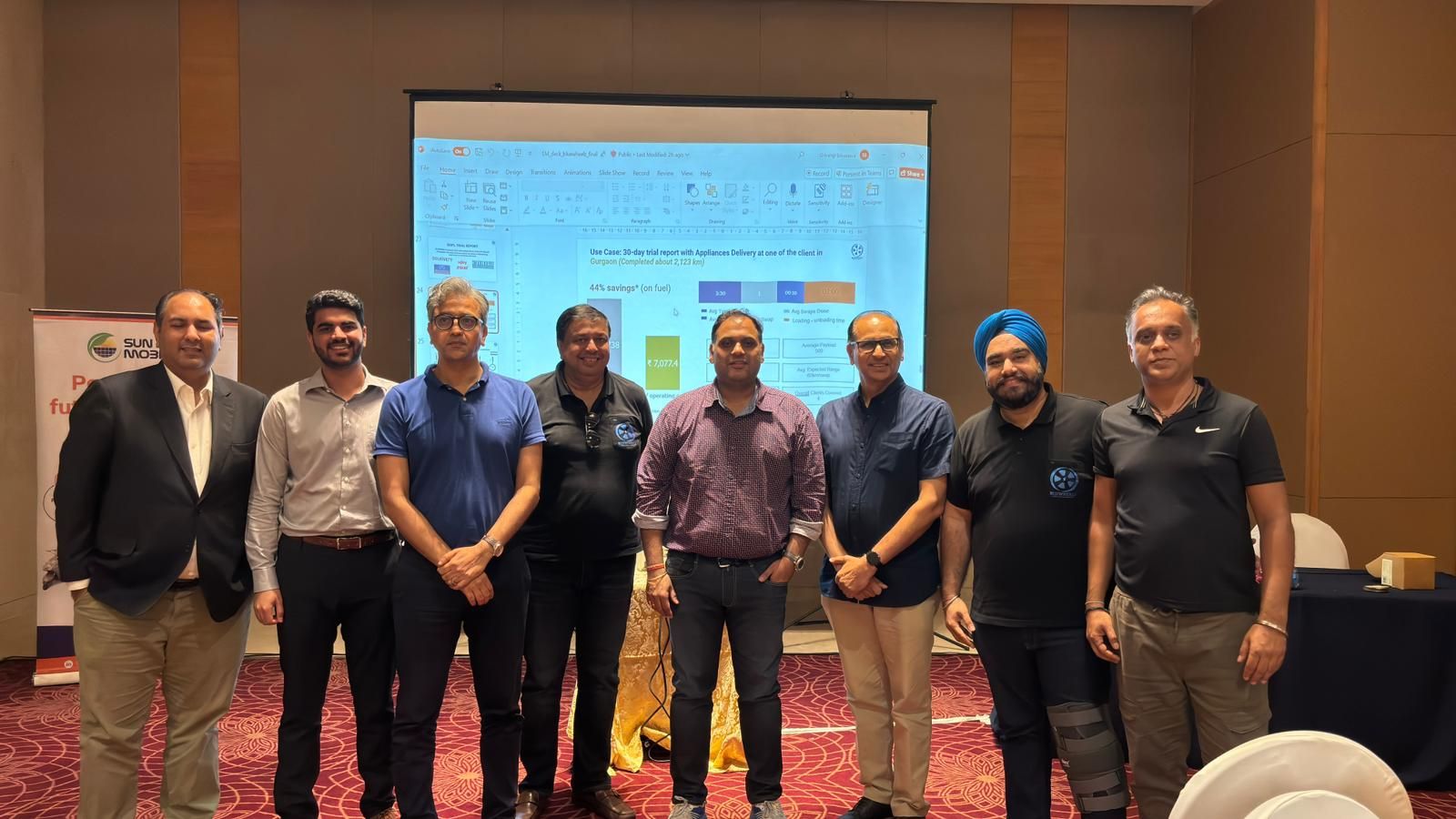The Participation of Women in the Manufacturing Sector

Indian Manufacturing: No Industry for Women
First, the bad news: At 16 percent, India’s female labor force participation rate (FLFPR) is the lowest in the world, and, presently, the lowest in India’s own history. For perspective, all our neighboring countries fare better, including Pakistan which has 20 percent, Afghanistan, with 22 percent, and Bangladesh, and Sri Lanka both with more than twice the participation rate, at 30.5 percent. As notably, China has among the world’s highest participation rates at 61 percent. The only countries doing worse than us are ones that are conflict-affected or the world’s poorest like Iraq, Yemen, and the Syrian Arab Republic (source: World Bank).
Now the worse news: During the last 15 years, the participation rate has fallen by more than a third, from 2005’s 26 percent to the current 16.1 percent. And since 1990, it has halved. Let’s simplify that with context: Thirty years ago, when many of us in Generation X started our career, for every 10 people in the workforce, there were only three women participating; today, there is just about one woman participating, and the ratio is getting worse as we speak.
Now, for us in the manufacturing sector, the most worrying news: Here the FLFPRis even lower, with it ranging between 3 percent to 12 percent as per a 2021 GE and Avtar research and a 2018 study by the Consulate General of Sweden in India. This means that the participation of women in manufacturing is virtually non-existent, or at least heading toward that possibility.
Wait, there’s more. In January, a Twitter thread from a journalist revealed a bleak picture about female participation that she discovered looking closely at CMIE’s latest data on unemployment. It showed a discouraged, demotivated young female labor force. The journalist found that there is a large percentage of women who are willing to work but are not actively seeking it. The journalist wondered: is this because of a lack of social support for women to join the labor force? What could be the reasons behind this unique problem?
A search for answers for India’s unique problem has led Indian and international researchers every once in a while to do some surveys (but not nearly enough given the extent of the problem), and the answers range from our workplaces not being safe and gender-sensitive, to conformity to traditional roles.
However, these issues, as grim and grave as they are, do not satisfactorily explain the severity and the degree of the issue.
On Friday, March 4, 2022, our Makers & Movers thought leadership series will put the spotlight on the subject of The Participation of Women in the Manufacturing Sector with industry thought leaders. The main talking points will be as follows:
TALKING POINTS
· What are the reasons that could explain the abysmally low FLPR in the Indian workforce and the Indian manufacturing sector in particular? Why is it so starkly different and low compared to countries that share our social and cultural mores?
· How sensitive and conducive, in your experience, is the workplace atmosphere in terms, amenities, and culture in Indian manufacturing companies to women’s participation and career growth?
· What should be the measures taken by corporations, government bodies, institutions, and individuals to improve this situation?
Platform – Zoom
Timing – 4.30 pm to 6 pm
Link for our Previous Sessions – https://www.youtube.com/channel/UCIkvlNA4fmw1RdUmRjbHBFw
Register Now – https://us02web.zoom.us/webinar/register/WN_FWgEGoCvTC6b8K1x-j1A_Q



